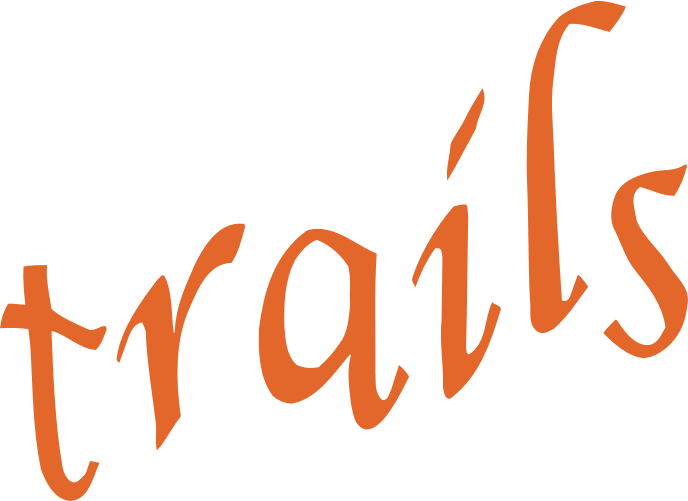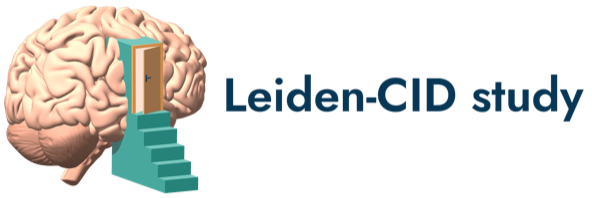-
measure Behavior Rating Inventory of Executive Function (BRIEF)
Study: Generation R Mode of collection: SelfAdministeredQuestionnaire Available measurements: Generation R 4 years 13-14 yearsThe Brief Rating Inventory of Executive Function (BRIEF) assesses parent-reported executive functions related to inhibition, shifting, emotional control, working memory and planning in children in everyday life. The BRIEF consists of 86 items that form eight subscales: Inhibit (10 items), Working memory (10 items), Shift (8 items), Emotional control (10...Created October 17, 2024 • Updated October 20, 2024 -
measure Childhood Executive Functioning Inventory (CHEXI)
Study: TRAILS Mode of collection: SelfAdministeredQuestionnaire Available measurements: The Next Generation NEXT - T4 NEXT - T5The Childhood Executive Functioning Inventory (CHEXI) is a validated assessment of executive functioning. It includes items on reported inhibition, regulation, working memory, and planning.Created October 17, 2024 • Updated October 20, 2024 -
measure Stop-Signal Task - Cars
Study: L-CID Mode of collection: MeasurementsAndTests Behavioral/cognitive task Available measurements: Early Childhood Cohort ECC - T1 ECC - T2 ECC - T3 ECC - T4The Stop-Signal Task - Cars aims to measure behavioral inhibition by having the child inhibit their reaction in response to a quickly appearing signal. During the task, the child is instructed to touch a picture of a car appearing on the screen as quickly as possible, and to withhold touching the screen when a "Stop" sign appears. The child has to respond...Created October 17, 2024 • Updated October 20, 2024 -
measure Child Gap Overlap Task - Antisaccade
Study: YOUth Mode of collection: MeasurementsAndTests Eyetracking Available measurements: Baby and Child 6 years
Child and Adolescent 9 years 12 yearsThe Gap-overlap task is a gaze contingent paradigm that measures visual attention shifting between a central and a peripheral stimulus. This is thought to be a key process underlying behavioral control. The Gap-overlap task contains three conditions; i) Gap, in which the central stimulus disappears 200ms before the appearance of the peripheral target; ii)...Created October 17, 2024 • Updated October 20, 2024 -
measure Child Gap Overlap Task - Prosaccade
Study: YOUth Mode of collection: MeasurementsAndTests Eyetracking Available measurements: Baby and Child 6 years
Child and Adolescent 9 years 12 yearsThe Gap-overlap task is a gaze contingent paradigm that measures visual attention shifting between a central and a peripheral stimulus. This is thought to be a key process underlying behavioral control. The Gap-overlap task contains three conditions; i) Gap, in which the central stimulus disappears 200ms before the appearance of the peripheral target; ii)...Created October 17, 2024 • Updated October 20, 2024 -
measure Infant Stop Signal Anticipation Task
Study: YOUth Mode of collection: MeasurementsAndTests Behavioral/cognitive task Available measurements: Baby and Child 6 yearsThe Stop Signal Anticipation task is adopted from Zandbelt and Vink (Vink et al., 2014, Zandbelt et al., 2008) and is also used as MRI task in the YOUth Child and Adolescent cohort. The Stop Signal Anticipation task measures response inhibition, which is considered an important aspect of behavioral control. In the task, children are instructed to stop a...Created October 17, 2024 • Updated October 20, 2024




